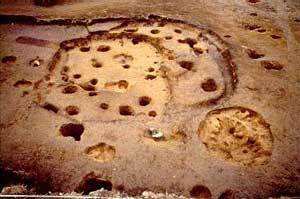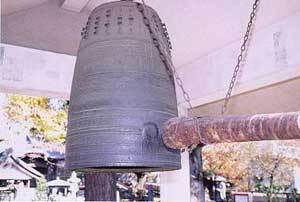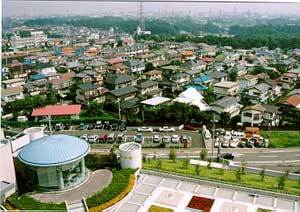The History of Zama
Ancient Age

In Zama city , there are signs of primary human habitation since the Paleolithic era, which is about 30,000 years ago.
Many vessels and stoneware since the Jomon period have been found along the Sagami River.
People had built small villages during the late Kofun eras. The ruins have been found in Zama area.
It is recorded in books written during the Nara and the Heian periods that Zama had been an important traffic point in ancient times.
Middle Age

During the Kamakura era, Zama was governed by Shigekuni Shibuya and called "Shibuya-no-sho".
During the Edo era, five villages were built in the area governed by Hatamoto.
Education, agriculture, industry and culture began to rapidly develop,and became daily activities.
Modern age

After the Meiji Restoration, the abolition of feudal domains and establishment of prefecture, executed 1871, Zama got belong to Kanagawa Prefecture. In 1889, the five villages were united as Zama Village. During the Taisho and early Showa eras railroad and bus transportation started its business, and electricity was installed.
With rapid modernization, Zama Village grew to be Zama Town. After 1948 Zama developed rapidly under the process of democratization and agricultural reform.
Due to the growth of the economy of the nation during the Showa era, population and economy of Zama also grew. It became a municipality, the seventeenth city of the prefecture, on November 1, 1971.
Zama City, whose population exceeds 127,000 today, is promoting the realization of "an attractive city where an abundant vitality harmonizes with comfort".
このページに関するお問い合わせ
秘書広報課 広報係
〒252-8566 座間市緑ケ丘一丁目1番1号
電話番号:046-252-8321 ファクス番号:046-255-5090
お問い合わせは専用フォームをご利用ください。






















